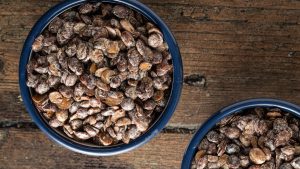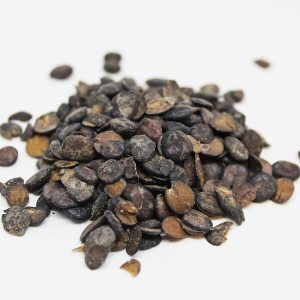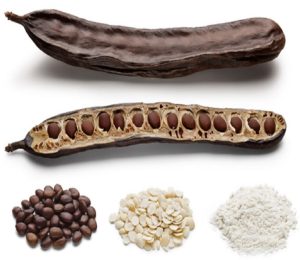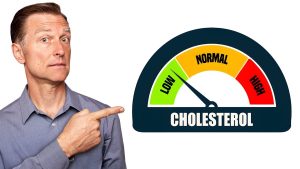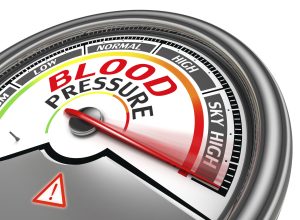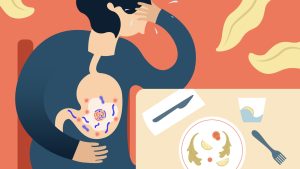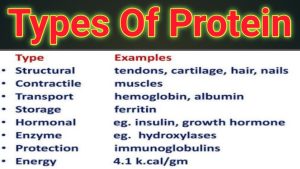
Types of proteins. amino acids subunits combine to form protein , which are macromolecules. Covalent bonds between these amino acids create polypeptides, which are lengthy linear chains that fold into a particular three-dimensional shape. These folded polypeptide chains can occasionally function on their own.
TYPES OF PROTEINS
The macronutrient proteins aid in the development and upkeep of bodily tissues. The fundamental building blocks of proteins are amino acids, which can be categorized as either essential or non-essential. While non essential amino acids are produced naturally by your body, necessary amino acids are found in meals high in protein, such as meat, beans, and poultry.
1) Hormonal protein
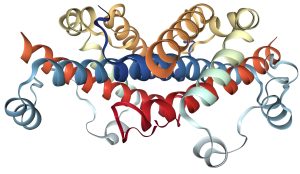
The cells of the endocrine glands release substances called hormones, which are based on proteins. Hormones function as chemical messengers that carry messages from one cell to another and are typically carried via the blood. Target cells are specific cells in your body that are impacted by each hormone. The hormone binds itself to certain receptors on these cells in order to send signals.
2) Protein Enzymes
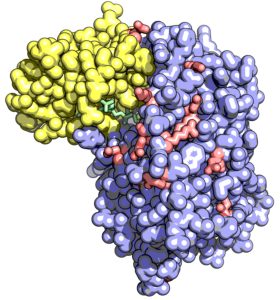
Blood coagulation, stomach digestion, liver function, and the conversion of glycogen to glucose are all accelerated by enzymatic proteins. Digestive enzymes, which simplify food so your body can absorb it more readily, are one example.
3) Protein Structure
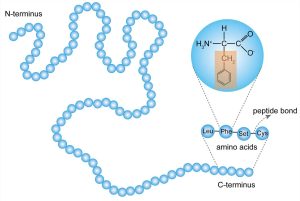
Structural proteins, also referred to as fibrous proteins, are essential bodily parts. They consist of elastin, keratin, and collagen. Your muscles, bones, tendons, skin, and cartilage are all made of collagen. The primary structural element of skin, hair, nails, and teeth is keratin.
4) Protein Defensiveness
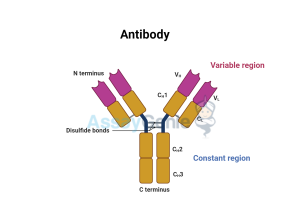
Immunoglobulin, often known as antibodies, is a vital component of your immune system that prevents illness. White blood cells produce antibodies, which target and neutralize bacteria, viruses, and other dangerous pathogens.
6) Protein Transport

Transport proteins deliver essential components to the cells. For instance, hemoglobin transports oxygen from the lungs to bodily tissues. While myoglobin takes up oxygen from hemoglobin and subsequently delivers it to the muscles, serum albumin transports lipids through the bloodstream. Another transport protein that helps the gut walls absorb calcium is called calbindin.
7) Protein Receptor
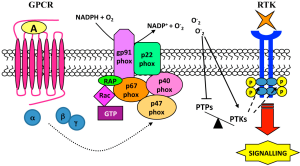
Receptor proteins, which are found on the outside of cells, regulate the flow of chemicals into and out of them, such as nutrients and water. In order to control blood sugar levels, certain receptors trigger endocrine glands to release insulin and adrenaline, while other receptors activate enzymes.
8) Protein Contractile
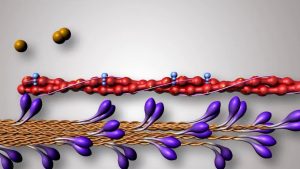
Contractile proteins, also referred to as motor proteins, control the force and velocity of cardiac and muscle contractions. Actin and myosin are these proteins. If contractile proteins result in significant contractions, they may cause heart problems. This brings the total number of protein types to eight.
Summary
Protein aids in blood oxygenation, hormone regulation, tissue healing, and strength building. A healthy, balanced diet must include protein, a macronutrient with several health benefits. Eating a sufficient amount of protein helps you stay as healthy as possible today and in the future.

 Health4 weeks ago
Health4 weeks ago
 Fragrance3 weeks ago
Fragrance3 weeks ago
 Fragrance3 weeks ago
Fragrance3 weeks ago
 adventure2 weeks ago
adventure2 weeks ago
